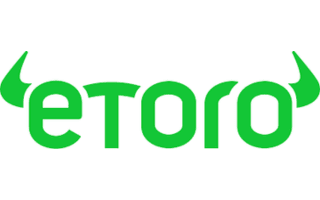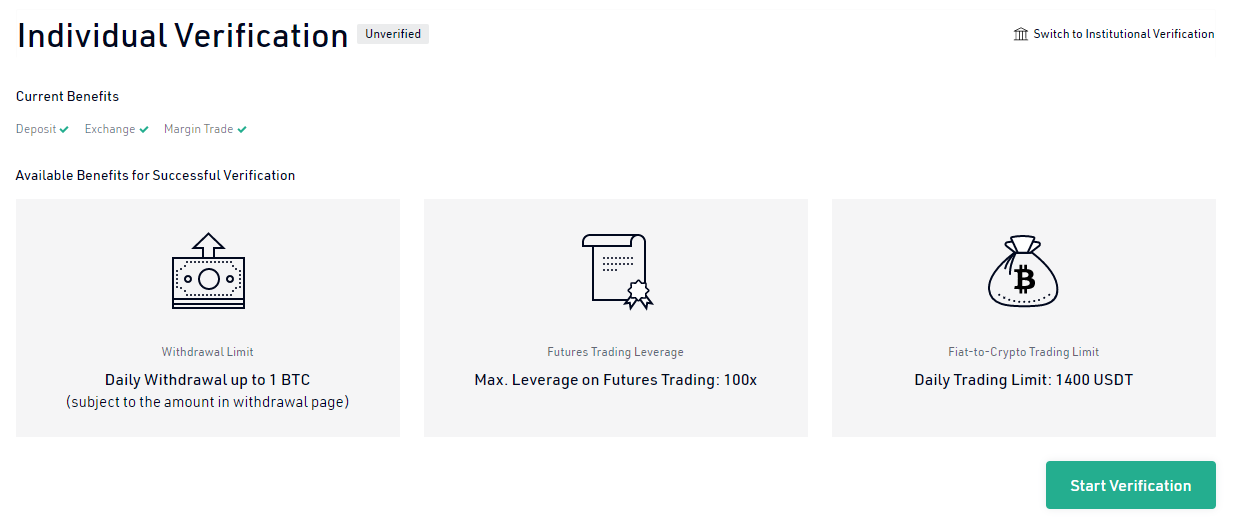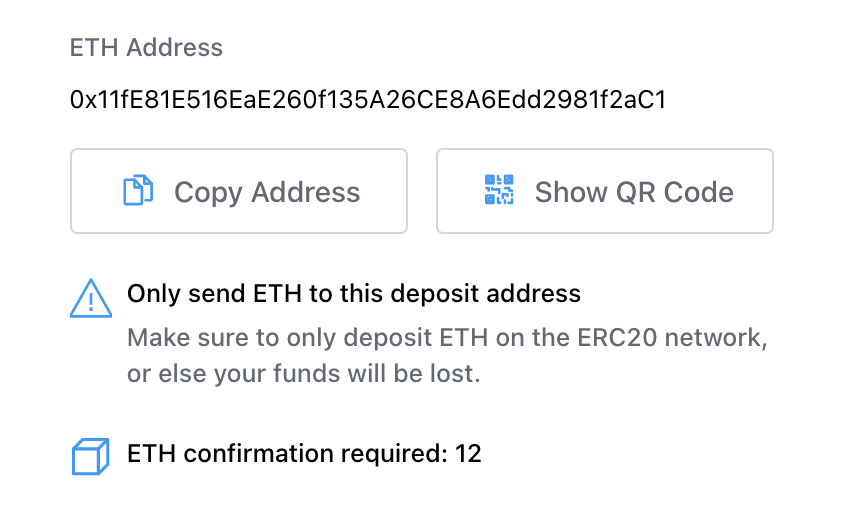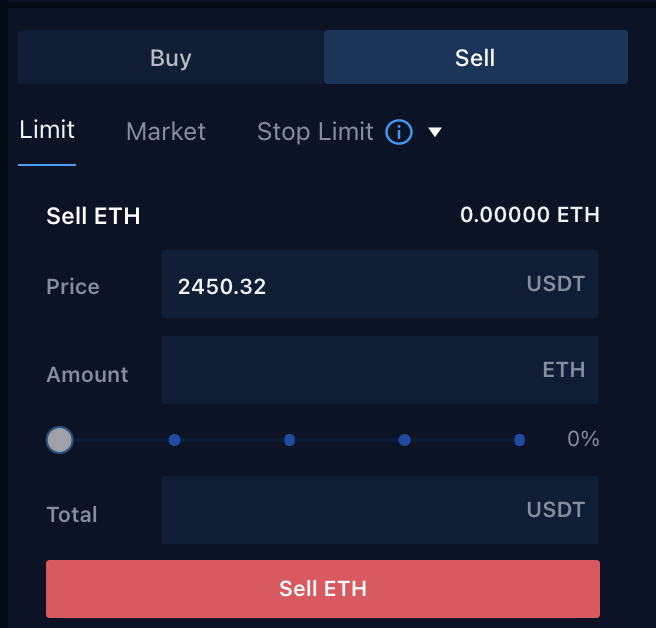
Estimated reading time: 2 min
Due to the potential for losses, the Financial Conduct Authority (FCA) considers this investment to be high risk.
What are the key risks?
1. You could lose all the money you invest
- The performance of most cryptoassets can be highly volatile, with their value dropping as quickly as it can rise. You should be prepared to lose all the money you invest in cryptoassets.
- The cryptoasset market is largely unregulated. There is a risk of losing money or any cryptoassets you purchase due to risks such as cyber-attacks, financial crime and firm failure.
2. You should not expect to be protected if something goes wrong
- The Financial Services Compensation Scheme (FSCS) doesn't protect this type of investment because it's not a 'specified investment' under the UK regulatory regime – in other words, this type of investment isn't recognised as the sort of investment that the FSCS can protect. Learn more by using the FSCS investment protection checker.
- The Financial Ombudsman Service (FOS) will not be able to consider complaints related to this firm or Protection from the Financial Ombudsman Service (FOS) does not cover poor investment performance. If you have a complaint against an FCA regulated firm, FOS may be able to consider it. Learn more about FOS protection here.
3. You may not be able to sell your investment when you want to
- There is no guarantee that investments in cryptoassets can be easily sold at any given time. The ability to sell a cryptoasset depends on various factors, including the supply and demand in the market at that time.
- Operational failings such as technology outages, cyber-attacks and comingling of funds could cause unwanted delay and you may be unable to sell your cryptoassets at the time you want.
4. Cryptoasset investments can be complex
- Investments in cryptoassets can be complex, making it difficult to understand the risks associated with the investment.
- You should do your own research before investing. If something sounds too good to be true, it probably is.
5. Don't put all your eggs in one basket
- Putting all your money into a single type of investment is risky. Spreading your money across different investments makes you less dependent on any one to do well.
- A good rule of thumb is not to invest more than 10% of your money in high-risk investments.
If you are interested in learning more about how to protect yourself, visit the FCA's website here.
For further information about cryptoassets, visit the FCA's website here.
How to sell Ethereum
The best way to sell Ethereum is through a cryptocurrency exchange. If the assets are already on the exchange, then skip to step 4. Otherwise, you will need to deposit coins or tokens on an exchange to sell on the market.
There are a variety of factors to consider when selling ETH. Before registering on an exchange, be sure to check that the asset is listed on the platform and that you can withdraw the desired fiat currency to a bank account. Compare exchanges to find the lowest deposit fees, withdrawal fees and trading fees to maximise the fiat received.
Step 1: Choose where to sell Ethereum
One of the most important aspects of selling Ethereum is choosing the right exchange. Different exchanges have different fees for selling Ethereum, so it is important to choose one that will maximise the amount of money you get to keep after your Ether (ETH) is sold. Additionally, if you intend to sell your ETH for fiat currency, you will want to make sure that you can withdraw the fiat to a bank account. Not all exchanges have this option available, so be sure to use the table of exchanges below to pick one that is compatible with your bank account.
Finder Score for crypto exchanges
To make comparing even easier we came up with the Finder Score. Fees, features and asset-support across the most popular platforms are all weighted and scaled to produce a score out of 10. The higher the score the better the exchange – simple.
Step 2: Create an account
If you don't already have an account on the exchange you wish to sell Ethereum on, you will need to create one before depositing ETH. Creating an account on an exchange and setting it up to sell Ethereum is typically a 3-step process that includes signing up, passing KYC and connecting a bank account. You can sign up with an email and password. You will need to submit a government-issued identification card to pass the KYC process.

Lastly, you will need to submit the details of your bank account if you want to withdraw fiat currency from the exchange.
Step 3: Deposit Ethereum
The selling process starts by depositing your Ethereum onto an exchange. You do this by copying the Ethereum deposit address from the exchange's balance page.

Use the "copy" button provided by the exchange and never try to type out the entire Ethereum address manually. This method is prone to mistakes and could result in the permanent loss of funds. When in doubt, send a smaller test amount first before sending the rest. When you are satisfied that you are sending the Ethereum to the right address given to you by the exchange, click send and wait for the Ethereum to arrive. Each exchange waits for a different number of "confirmations" before giving you the deposit. In the above screenshot, the exchange will count the ETH as in your account after 12 confirmations.
Step 4: Sell Ethereum
There are several ways to sell Ethereum, but there is also a lot of overlap in the methods. So if you know the general process, then you should be able to figure it out regardless of which exchange you use. The things you need to keep in mind when selling Ethereum are the fees you're being charged and the asset you are selling ETH for.
You can sell Ethereum for fiat, but you can also sell it for most other cryptocurrencies. So the first thing you need to determine is what you're selling the ETH for. Then you can find an exchange that allows you to trade one for the other.
In order to make the trade, there are 2 types of orders you can submit to the exchange: market orders and limit orders. There are sometimes instant sell options too.
Market order: A market order executes immediately and gives you the most asset at the best price given the current market conditions. Depending on how much Ether you're trying to sell, you may get less of the other asset than you're expecting. In this instance, you are the taker in the trade and pay the taker fee. More on this later. Limit order: A limit order allows you to set the price you want to sell your ETH for. These types of orders may execute immediately if the sell price is below the current, highest buy price. In this instance, you are the taker in the trade and pay the taker fee. However, if you set the sell price higher than the current best buying price, then you are the makerin the trade and pay the maker fee.
Maker/Taker fees: Most exchanges charge you differently depending on if you're the maker in the trade or the taker in the trade. The maker will typically pay less than if they're the taker. Make sure to check out the fee tables on the exchange reviews to compare rates.
Limit order: A limit order allows you to set the price you want to sell your ETH for. These types of orders may execute immediately if the sell price is below the current, highest buy price. In this instance, you are the taker in the trade and pay the taker fee. However, if you set the sell price higher than the current best buying price, then you are the makerin the trade and pay the maker fee.
Maker/Taker fees: Most exchanges charge you differently depending on if you're the maker in the trade or the taker in the trade. The maker will typically pay less than if they're the taker. Make sure to check out the fee tables on the exchange reviews to compare rates.
Withdrawing local currency
When trying to sell Ethereum through a platform that permits fiat currency withdrawals, check to see what withdrawal methods are supported. Options may include the following:
- Bank transfer
- Credit/debit card
- PayPal
- Skrill
- Faster Payments
- SWIFT
When choosing an exchange and withdrawal method, make sure to consider the following:
- Fees. Many (but not all) platforms impose a withdrawal fee, and the fee charged usually varies depending on the withdrawal method selected.
- Some exchanges allow you to sell Ethereum directly for fiat at market price and deposit the funds directly into your account.
- Limits. Are there any minimum or maximum limits on how much you can transfer? How do they differ between withdrawal methods? Can you increase these limits by providing additional verification or ID?
- Processing times. How long will it take for [fiat] to arrive in your wallet or bank account? For example, while cash withdrawals are instant, bank transfers can take several days to arrive.
- Any other restrictions. For example, some exchanges will require you to withdraw funds using the same payment method with which you made your deposit.
Factors to consider when selling
The best way to sell Ethereum is subjective and varies based on an investor's circumstances. What works well for one person might not be a good fit for the next. Instead, it's about working out which option is the right choice for the individual. You can do this by asking yourself a few important questions:
- Do you want to sell Ethereum for fiat or another cryptocurrency?
- How quickly do you want to sell your Ethereum?
- Are you willing to accept a price well below the market rate or do you want to negotiate the best price possible?
- If selling for fiat, how do you want to receive payment?
These questions should help you decide how you want to sell your Ethereum, and you can then figure out which platform has all the features you need. When comparing different cryptocurrency exchanges, make sure you consider the following:
- Price. How does the exchange rate compare to those offered by other platforms?
- Fees. Compare any trading fees that apply and whether there's a fee for withdrawing funds into your bank account or cryptocurrency wallet.
- Trading and withdrawal limits. Is there any limit on the amount of Ethereum you can sell or on how much fiat currency you can withdraw from your account?
- Security features. Are there any security measures in place to help protect your funds and your private data, for example, 2-factor authentication or a reputation system for buyers and sellers?
- Customer support. If something goes wrong with your transaction, how can you contact customer support? During what hours is support available?
- Reputation and reviews. Seek out online reviews and check crypto forum posts from other users to find out whether they recommend a particular exchange or trading platform.
There are several other important factors, such as where an exchange is regulated and the payment methods accepted by peer-to-peer trading sites. For a full breakdown of the features to look out for, check out Finder's cryptocurrency exchange guide and discover tips on how to choose the right platform.
Selling Ethereum at an ATM
Ethereum is like Bitcoin in the sense that it has highly developed markets and methods for selling it. For example, most Bitcoin and cryptocurrency ATMs will also allow you to buy and sell ETH. Keep in mind that these ATMs will generally charge massive markups when buying or markdowns when selling. That being said, ATMs can be a handy option if you're in a pinch and need to quickly convert ETH into cash.
Frequently asked questions
When should I sell my Ethereum?
Determining exactly when to sell Ethereum is tricky. Check out Finder's Ethereum analysis page for up-to-date predictions, models and analysis tools to determine when or if to sell.
What does it cost to sell Ethereum?
The cost to sell Ethereum depends on the exchange and whether you are the maker in your trades or taking someone else's trade. Generally speaking, you will pay somewhere between 0.1% and 0.5% on exchanges.
How quickly can you sell Ethereum?
The speed at which you sell Ethereum depends on whether the Ethereum is already on the platform where you intend on selling it. If it is, you can sell your Ethereum in seconds. If you need to send it somewhere to sell it, then expect the entire process to take at least 5-10 minutes.
How can I sell ETH instantly?
You can sell ETH instantly if it is already on a platform that allows you to sell it.
*Cryptocurrencies aren't regulated in the UK and there's no protection from the Financial Ombudsman or the Financial Services Compensation Scheme. Your capital is at risk. Capital gains tax on profits may apply.
Cryptocurrencies are speculative and investing in them involves significant risks - they're highly volatile, vulnerable to hacking and sensitive to secondary activity. The value of investments can fall as well as rise and you may get back less than you invested. Past performance is no guarantee of future results. This content shouldn't be interpreted as a recommendation to invest. Before you invest, you should get advice and decide whether the potential return outweighs the risks. Finder, or the author, may have holdings in the cryptocurrencies discussed.
More guides on Finder
-
How to buy Trump’s crypto strategic reserve in the UK
US president Donald Trump has announced the first cryptocurrencies to be included in the US strategic crypto reserve.
-
Shiba Inu (SHIB) Price Prediction 2025
A panel of industry specialists give us their predictions on the price of shiba inu to 2035.
-
Solana (SOL) Price Prediction 2025
A panel of industry specialists give us their predictions on the price of solana to 2035.
-
Dogecoin (DOGE) price prediction 2025
A panel of industry specialists give us their predictions on the price of Dogecoin to 2035.
-
How to buy Solana (SOL) in the UK
Learn how to buy Solana in the UK with our simple step-by-step guide and tips on what to know before you get started.
-
How to buy Bitcoin in the UK
Learn how to buy Bitcoin in the UK with our simple step-by-step guide and tips on what to know before you get started.
-
XRP (XRP) price prediction 2025
A panel of industry specialists give us their predictions on the price of XRP to 2035.
-
How to buy XRP in the UK
Learn how to buy Ripple in the UK with our simple step-by-step guide and tips on what to know before you get started.
-
How to buy Cardano in the UK
Learn how to buy Cardano in the UK with our simple step-by-step guide and tips on what to know before you get started.
-
How to buy Ethereum in the UK
Learn how to buy Ethereum in the UK with our simple step-by-step guide and tips on what to know before you get started.